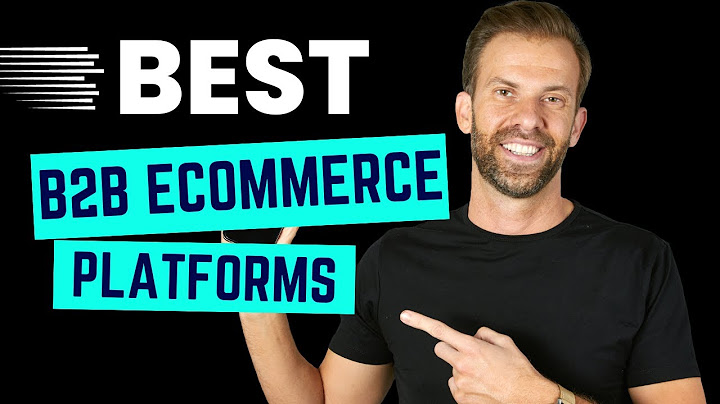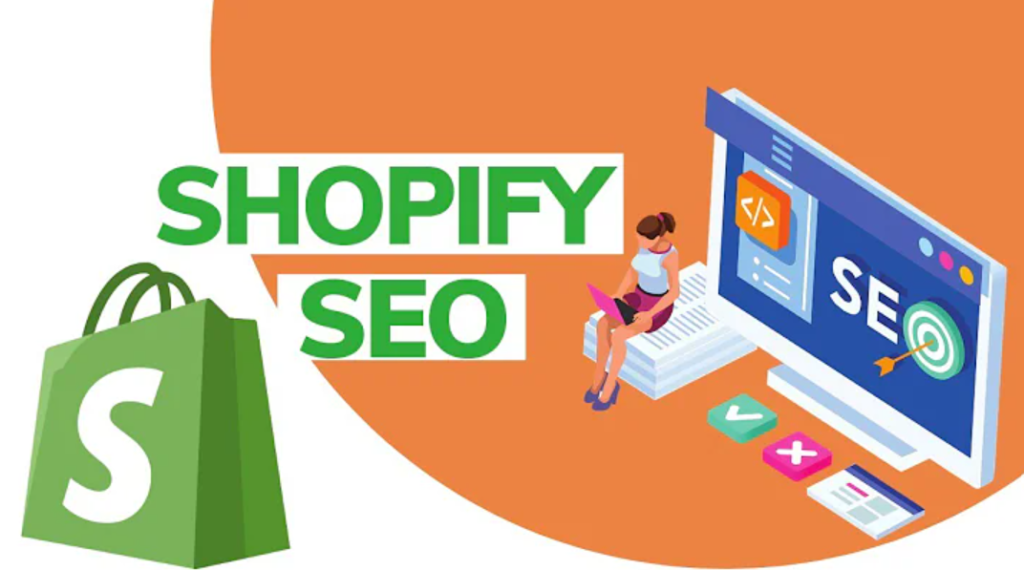Ecommerce Marketing: An Insightful Guide
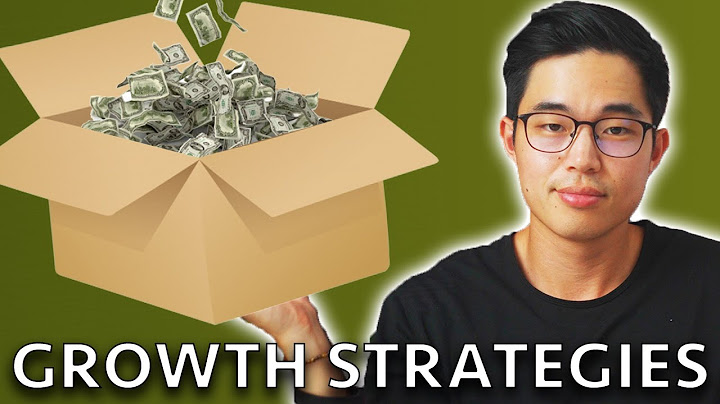
Ecommerce Marketing: An Insightful Guide
Ecommerce Marketing: An Insightful Guide to Success
Ecommerce marketing strategy, with its blend of promotional tactics, plays an important role in attracting new customers to online stores. The goal is to not only convert these individuals into paying customers but also to revisiting the online store for future purchases, thereby fostering customer retention.

Ecommerce Marketing vs Ecommerce Advertising
The broad field of ecommerce marketing involves various product promotion strategies and tactics, whereas ecommerce advertising specifically focuses on paid product promotion on digital platforms. The former creates a consistent, integrated, multichannel customer experience, in contrast, the latter is a subset that specifically focuses on display, banner, rich media ads, amongst other types of paid promotions.
Different Types of Ecommerce Marketing
Ecommerce marketing comprises a range of channels, each utilized to effectively promote a brand. Key marketing channels include:
Email Marketing
With an impressive ROI of $36 for every dollar spent, email marketing sustains its reputation as a reliable ecommerce marketing tool. Brands can promote products or services, engage with the client base, incentivize purchases, and boost customer retention using well-strategic emails.
Content Marketing
Content marketing aims to attract and maintain a specific audience by delivering valuable and relevant content. This content can span across various forms such as blog posts, white papers, case studies, videos, and podcasts.
Search Engine Optimization
SEO is a cornerstone of ecommerce marketing for improving a site’s visibility and search engine rankings. This practice drives sustainable organic traffic to online stores, largely courtesy of optimized product pages, category pages, skilful use of meta tags, high-quality backlinks, and top-notch content.
Social Media
Platforms like Instagram, Facebook, and LinkedIn are potent channels to showcase a brand, develop customer relationships, and direct traffic to an ecommerce site.
Pay-Per-Click
In PPC advertising, advertisers pay each time a user clicks on one of their ads on search engines or social media platforms. This tailored strategy is perfect for driving targeted traffic to a business’ website.
Local Marketing
For ecommerce businesses targeting specific geographical areas, local marketing tactics come in handy for effective promotion.
Successful Ecommerce Marketing Strategies
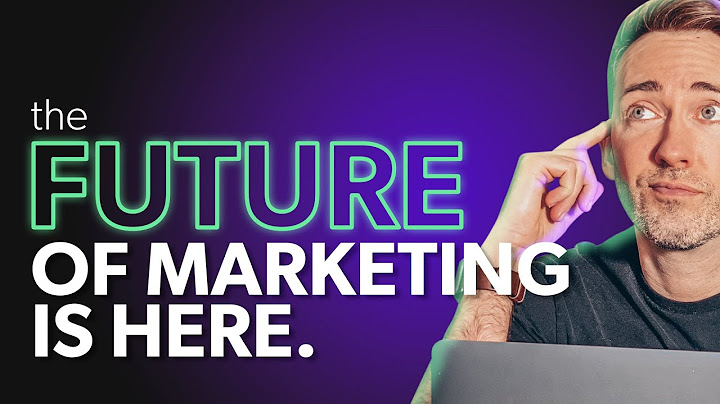
Here’s a summarization of various ecommerce marketing strategies that guarantee results:
Email Marketing Strategies
- Nurturing Email Leads: Though social media and other digital channels have gained prominence, email marketing continues to significantly enhance a business’s bottom line.
Nurturing Email Leads: A Sustainable Investment for Your Business’s Bottom Line

While recent years have seen a surge in various digital marketing channels, including social media, Search Engine Optimization (SEO), and content marketing, email marketing persists as a critical channel for nurturing leads, driving conversions, and considerably improving a business’s bottom line.
Importance of Nurturing Email Leads
Nurturing email leads refers to the process of developing relationships with buyers at each stage of the sales funnel, and through every step of their buying journey. It usually involves targeted marketing communication intended to engage leads, supplying them with useful information and nudging them towards a purchasing decision.
Though it might seem like a task demanding colossal effort, especially with the array of digital distractions available, email marketing has the potential to deliver a staggering return on investment (ROI). According to a study by the Direct Marketing Association (DMA), email marketing has an average ROI of 3,800% or a return of $38 for every $1 spent.
How to Nurture Email Leads

Here’s how businesses could effectively implement email lead nurturing campaigns:
- Segment Your Audience: Tailor your content to cater to different groups or segments within your email list. Segmentation could be based on their position in the sales funnel, demographics, or specific behaviour.
- Personalize Your Emails: From addressing the recipient by their name to tailoring the content of the email to their preferences, personalization can significantly enhance engagement and conversion rates.
- Automate Campaigns: Automated email campaigns are triggered by a lead’s action or any predefined conditions, ensuring a timely and relevant response. This could be a welcome email series for new subscribers or a re-engagement campaign for inactive leads.
- Value-Driven Content: The goal of nurturing emails is to guide the leads through the sales funnel. Hence, offering content that educates and adds value at each step can be instrumental in moving leads closer to conversion.
- Regular Follow-up: Consistent communication is key to nurture leads. Regular emails keep your brand at the forefront of the lead’s mind without overwhelming the potential buyer.
Businesses investing time and resources in nurturing their email leads will find themselves well-equipped to foster enduring relationships with their clientele and in a strong position to influence consumer purchasing decisions, both of which cumulatively contribute positively to the bottom line.
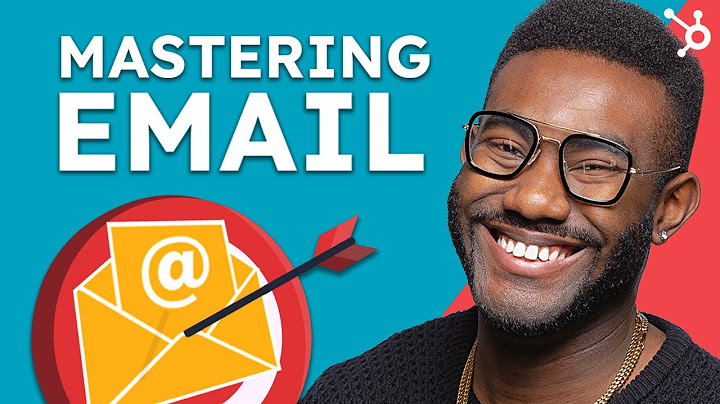
- Customizing Your Email Campaigns: Customizing an email campaign gives it a personal touch, thereby enhancing its effectiveness. This personalization can be achieved in the form of welcome emails, promotional emails, and frequent newsletter updates, etc.
Customizing Email Campaigns: A Gateway to Enhanced Customer Engagement

The rapidly evolving ecommerce landscape demands proactive customer engagement, with personalized email campaigns being a vital clog in the wheel. In fact, 72% of customers admit to only engaging with marketing messages that are customized to their interests. Here’s a closer look at how businesses can customize email campaigns for improved engagement and sales:
Welcome Emails:
The beginning of an email journey, welcome emails see high open rates – nearly 82%, making them ideal for setting the tone of dialogue. Personalizing this email beyond just including the subscriber’s name, such as curating product recommendations based on their browsing history, can make the subscriber feel catered to from the start.
Promotional Emails:
Personalized promotional emails, for instance, offering discounts on the customer’s favorite products or categories, can result in higher click-through and conversion rates. This strategy requires businesses to have detailed customer preference data, which can be achieved by analyzing aspects such as their purchase history, browsing behavior, or abandoned carts.
Birthday Emails:
Sending a personalized birthday email with an exclusive offer or discount code is a great way to make customers feel valued. It demonstrates your brand’s commitment to its customers on a personal level. Studies show that birthday emails can generate 342% higher revenue per email than promotional emails.
Newsletter Updates:
Newsletters keep customers updated with the latest happenings and offerings from your business. These can be personalized based on the customer’s interests, past purchases, or items they added to a wish list.
Shopping Cart Abandonment Emails:
Reminding shoppers about the items they left behind in their carts, with personalized abandonment emails, can nudge them towards completing the purchase. Also, offering them a small discount or free shipping can sweeten the deal further.
In essence, customizing your email campaigns not only adds a personal touch, but it also acknowledges the individual preferences of your subscribers. Yes, it takes a bit of effort to understand each customer; nonetheless, the payback in terms of customer loyalty and engagement is well worth the effort.
- Exercising Caution with Hypersegmentation: Though segmented email campaigns are successful in garnering a higher Click-through rate (CTR), extreme segmentation could prove counterproductive.
Hypersegmentation in Email Marketing: A Call for Moderation

In the realm of email marketing, segmentation is a proven strategy, as it helps tailor your message to different parts of your audience, leading to a higher Click-through rate (CTR). However, while personalized and targeted communication can improve engagement and conversion rates, exercising caution with hypersegmentation is vital.
Hypersegmentation involves diving your email lists into extremely specific segments to deliver highly targeted marketing communications. The primary concept is to create marketing materials that are so specific that they speak directly to an individual’s needs or preferences. Strategies like these essentially aim to have every subscriber in a different segment. Though this might sound ideal in theory, hypersegmentation could have some drawbacks when put into practice.
First, hypersegmentation requires significant resources, both in terms of time and costs. Developing highly specific content for each segment and managing multiple campaigns simultaneously could be time-consuming and expensive, especially for small businesses.
Second, with hypersegmentation, the risk of over-personalization exists. When communication becomes too personalized, it can sometimes come across as invasive, causing more harm than good. Consumers may feel their privacy is compromised if the email content reflects an excessive knowledge of their behavior or preferences.
Third, hypersegmentation can lead to over-complication and lack of scalability. As a company grows, managing overly detailed data and multiple email segments could become increasingly demanding and unmanageable in the long run.
Therefore, while segmentation is essential for any effective email marketing strategy, it’s important to strike a balance. Businesses need to avoid extreme segmentation or hypersegmentation to deliver targeted, relevant content without overstepping the bounds of personalization or over-complicating their email marketing processes. Instead of segmentation to the extreme, focus on dividing your email lists based on the most essential customer preferences or behaviors, ensuring that your marketing efforts remain efficient and scalable.

The Rankology guide offers a comprehensive list of strategies, making it an indispensable resource for businesses looking to unlock the potential of ecommerce marketing strategies.
10 Best WordPress SEO Plugins for Rankings
Top 10 Best Autonomous Ai Agents in SEO

